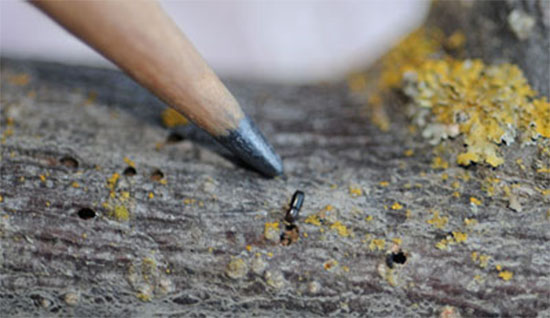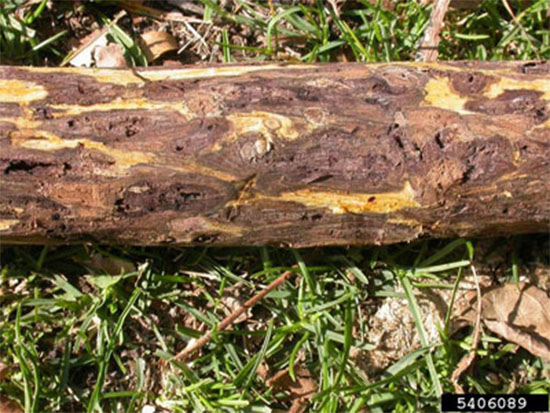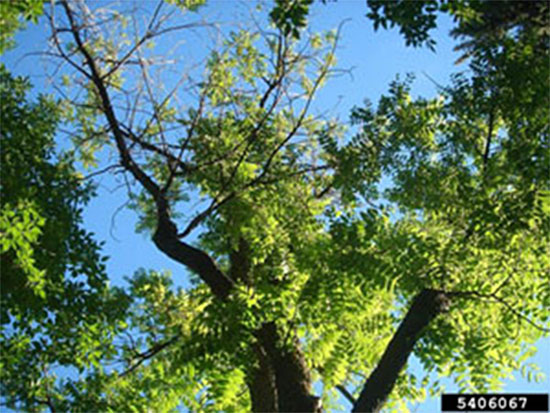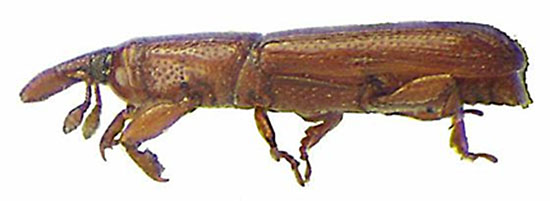Issue 8, June 23, 2014
Thousand Cankers Disease Confirmed in Indiana, Fungus Found on Insect Other than Walnut Twig Beetle
The Indiana Department of Natural Resource issued a press release on Friday, June 20 announcing the detection of Thousand Cankers Disease in Indiana. Indiana joins Maryland, North Carolina, Ohio, Pennsylvania, Tennessee, Virginia, and eight western states with the disease.
If you remember, thousand cankers disease is the result of a disease complex in which black walnut trees are attacked by the walnut twig beetle, Pityophthorus juglandis. These beetles vector a fungus, Geosmithia morbida, which infects the tree, causing cankers. As cankers increase, branches begin to die, the canopy begins to thin, ultimately causing the death of the tree.

Walnut twig beetle

Cankers

Canopy dieback

Stenomimus pallidus
This discovery was the result of a survey for insect pests and fungi in the state. What is different about this find is that the fungus was not found on the walnut twig beetle, but on small weevils, Stenomimus pallidus, that emerged from two stressed trees. This is the first time that fungus has been detected on an insect other than the walnut twig beetle. For the complete press release, please visit the Indiana Department of Natural Resources website.
At this point in time, there are many more questions than there are answers. Here in Illinois, we also have a statewide survey that is currently being conducted for Thousand Cankers Disease. We urge residents to keep an eye on their walnuts and if you suspect TCD or have questions about the health of your black walnuts to please contact Kelly Estes at kcook8@illinois.edu or 217-333-1005. A great resource discussing the diagnosis of TCD and its symptoms can be found here. (Kelly Estes)
Author:
Kelly Estes